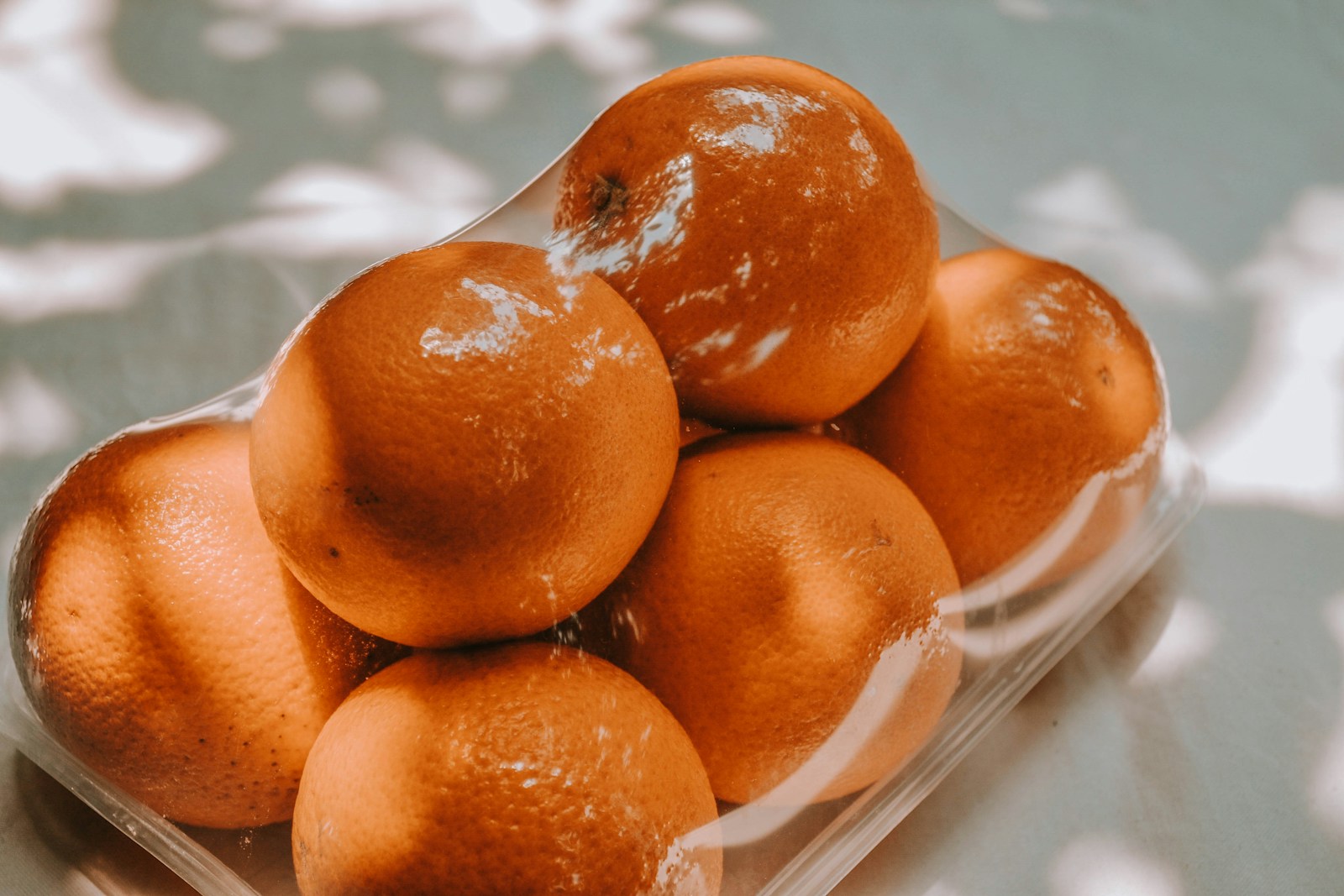Bacteria, rodents and insects have a field day in warehouses and transportation stages, so can smart wrapping make a difference?
In the UK alone, we are now discarding around 9.52million tonnes of food annually, much of which is fit for human consumption. In the US, some 40% of the entire food supply chain is thrown away, as is one-third of all food produced globally.
Britain’s food waste bill could feed 30million people per year, far more than the 8.4million residents living in food poverty. And, although the vast majority of waste comes from households – accounting for approximately 6.7million tonnes, the journey between ‘farm gate and retail’ also accounts for significant loss. Damage inflicted by insects, rodents, fungi and bacteria is particularly prevalent in the warehousing and logistics stages.
According to Symphony Environmental, an eco-technology specialist, biodegradable ‘intelligent packaging’ could be the way forward. Offering greater protection against invasive species of all types, the result would be an extension of shelf life and reduction in food loss – cutting carbon and other climate footprints, and in the long-term maximising agricultural production, putting less strain on resources.
‘Food producers and packaging manufacturers are not doing enough to protect the food and ensure higher standards of food-safety,’ said Michael Laurier, CEO at Symphony Environmental. ‘We have developed a range of d2p technologies for plastic packaging which provide a higher level of pest management. Their antimicrobial, anti-fungal, anti-insect, anti-rodent and barrier-enhancing masterbatches extend the storage life of packaged food.
‘This can be applied to all stages of food packaging – in the packaging itself and in processing and packaging equipment – meeting FDA and EFSA standards for food-contact materials,’ Laurier continued. ‘As the protective properties are embedded in the plastic itself, they will never wear off – unlike surface-applied solutions. These properties can additionally reduce food spoilage by absorbing ethylene and moisture within the package.’
More on waste, recycling and pollution:


















